Shrine of Saints Magnus and Bonosa
The only building in Louisville (hopefully) that contains two ancient holy skeletons.
How did the 1800-year-old bones of two Christian martyrs from ancient Rome come to a city famous for horse racing, basketball, Muhammad Ali, chicken and whiskey?
St. Martin of Tours is a Catholic parish church in central Louisville that is one of the city’s few remaining antebellum public buildings. It is also (hopefully) the only building in Louisville that contains two ancient holy skeletons.
One of the oldest parishes in the oldest inland archdiocese in the United States, St. Martin of Tours sprang up in 1853 in Louisville’s Phoenix Hill, once a largely immigrant neighborhood, today mostly African American. The new Franciscan church served a booming German immigrant population that could no longer fit into the downtown cathedral.
Tragically, on Election Day 1855, armed mobs of anti-immigrant “Know-Nothings” — an American political party influenced by conspiracy theories about Catholic takeover of the United States — suspected that a hoard of weapons was hidden inside St. Martin’s and tried to burn it down. At least 20 people died in the riots, and stories reported that whole Catholic families were burned to death in their homes nearby. “Bloody Monday” caused thousands of Catholics to pack up and leave, arguably crippling Louisville’s rise as a city.
While Catholic immigrants were far more accepted fifty years later, two packages that showed up at Louisville’s U.S. Customs Office on New Years’ Eve 1901 must have given them cause to reflect on persecution. Sent from Italy, the boxes contained two unlikely “immigrants.” These were the bones of Saints Magnus and Bonosa, Roman martyrs killed when Christianity was still illegal in the Roman Empire.
Tradition holds that Bonosa was a Roman virgin executed for her Christian beliefs, maybe during the reign of Septimius Severus in the 3rd century C.E. or under Diocletian, who in the 4th century ordered one of the largest and bloodiest official persecutions of Christians. As for Magnus, one story has it that while Bonosa was being put to death at the Colosseum, this man — allegedly a Roman centurion — was so moved by her courage that he converted and eventually was executed for the deed.
Another tale says that Magnus stepped into the ring, fought to save the young Bonosa’s life, and was killed on the spot. Yet even the Catholic Church recognizes it’s not certain who Magnus and Bonosa were, and these stories are hard to verify.
Whoever they were, the remains now in Louisville were probably first interred in the Roman catacombs or in an Italian cave centuries ago. In the 1700s, they made their way to a Cistercian convent in Anagni, in the hills east of Rome, where the nuns probably placed them beneath an altar.
How, then, did the bones get to the Bluegrass State?
To the irritation of many Italians, much of Italy was once governed by the papacy — a fact not unknown to the nativist mob that attacked Louisville Catholics on Bloody Monday, 1855. In the 1800s, during Italy’s turbulent unification, an anti-clerical backlash led its government to start shutting down many monasteries. Some Italians began to see old bones as just superstitious relics. For safety’s sake, many of these human remains were sent to the United States.
With the permission of Pope Leo XIII, Magnus and Bonosa were packed up, sewn into bags, and shipped to Kentucky in 1901, then installed in the side altars at St. Martin’s. Louisville parishioners sewed regal-looking purple garments to clothe the bones, as well as crowns representing the martyrs’ salvation. When restoration to the church got underway in 2012, the early 20th-century garments were found to be seriously decayed and later were burned out of respect for their status as holy objects. During a Solemn High Mass (conducted, appropriately enough, in Latin) the bones were placed in new side altars on September 9, 2012.
Philip DiBlasi, a University of Louisville archaeologist who studied the remains in 2012, attests that the female skeleton, still amazingly complete, is that of a “100% Caucasian” woman aged about 24. Magnus’ bones are less than half complete. DNA testing shows that he was in his late 40’s and had mixed European and African ancestry. DiBlasi had CT scans conducted at a Louisville hospital so his team will eventually be able to do facial reconstructions.
Though we’ll probably never know for sure who these individuals really were, the remains give a fascinating, if ambivalent, glimpse into ancient history.
Know Before You Go
St. Martin of Tours is one of Louisville's oldest surviving churches and, thanks to its music program, one of the few Catholic parishes that's still growing. With a Perpetual Adoration chapel, doors here are open 24/7. There's a security guard at night due to some crime in the neighborhood, but they may also give you a short tour of the church if you express interest. A rather traditional church, mass is still celebrated here in both Latin and English on Sundays. The stained-glass windows, with inscriptions in German, are some of the Ohio Valley's most historic. Look for the big blue spire just north of Broadway. The church is close to Cave Hill Cemetery and the popular Highlands.

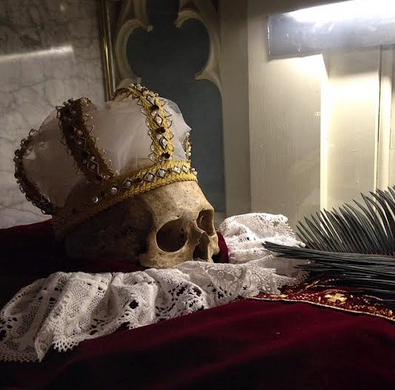
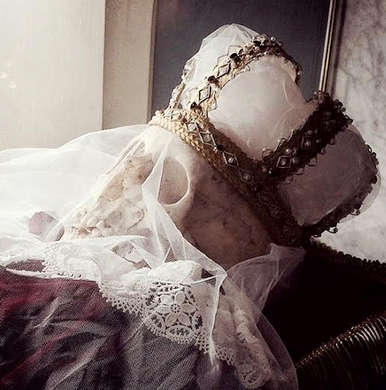
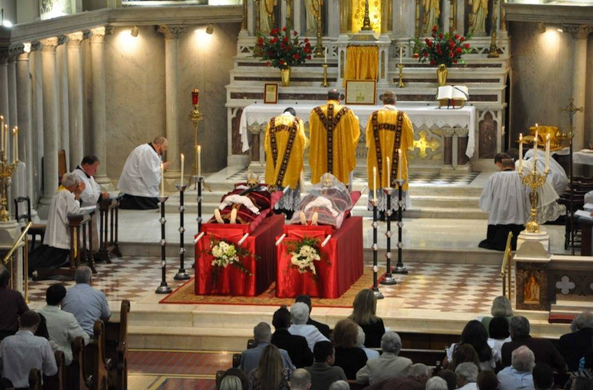
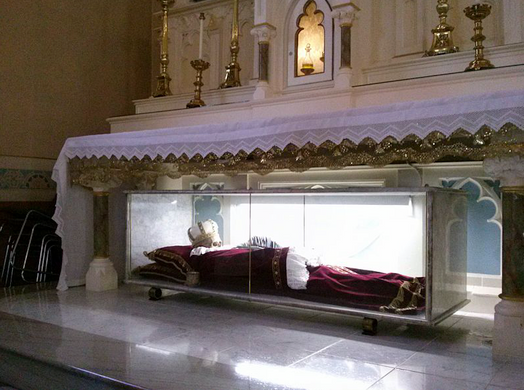


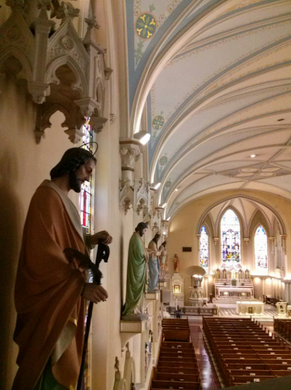
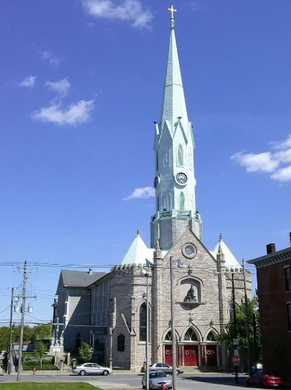
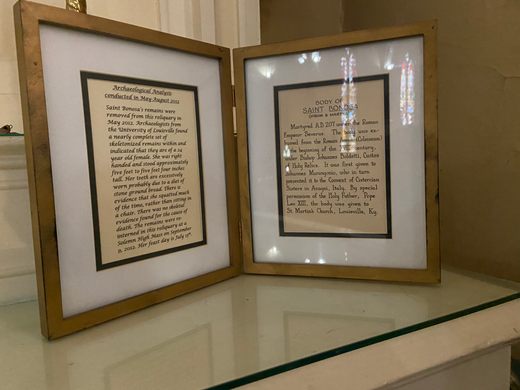


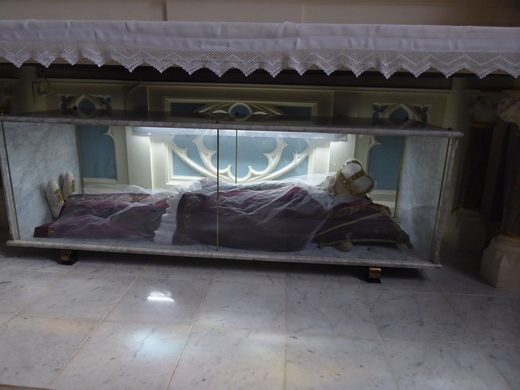




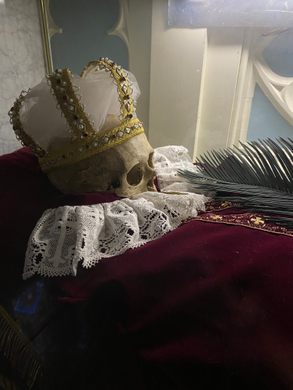

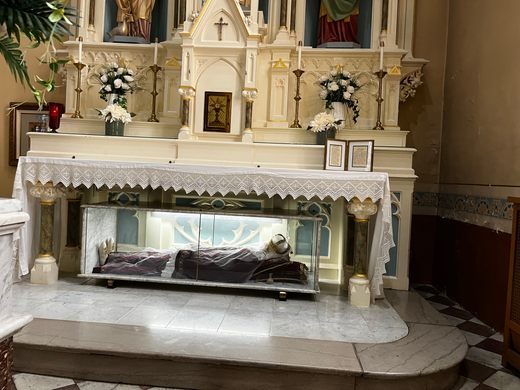

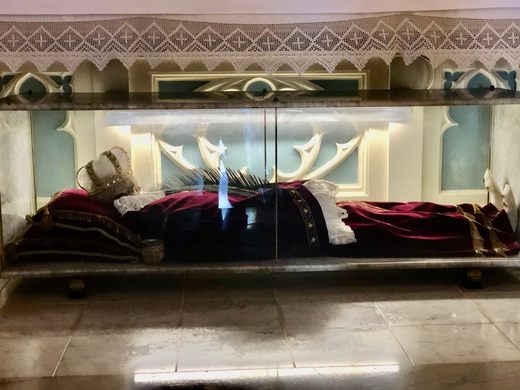












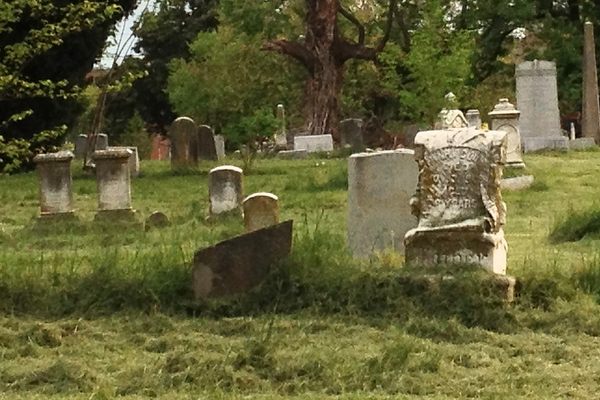

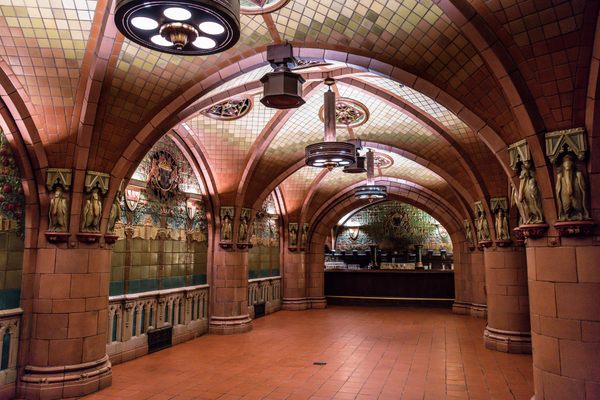






Follow us on Twitter to get the latest on the world's hidden wonders.
Like us on Facebook to get the latest on the world's hidden wonders.
Follow us on Twitter Like us on Facebook